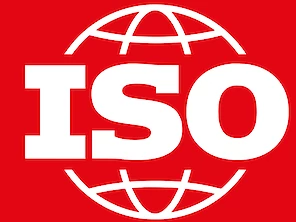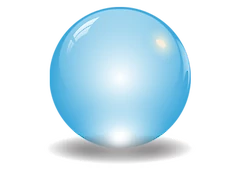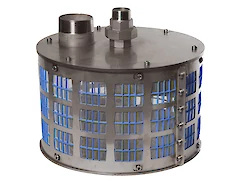How Smart Oxygen Supply and Biofiltration Create Sustainable, High-Density Fish Farming
Maximizing Efficiency in Recirculating Aquaculture Systems (RAS) with Advanced Oxygenation

Recirculating aquaculture systems (RAS) have transformed modern fish production by drastically reducing water usage while maintaining a healthy aquatic environment. By engineering closed-loop water flows, RAS facilities eliminate the need for continuous freshwater input, making them the preferred choice for environmentally responsible, high-efficiency fish farming.
How RAS Works
- Biofiltration: Vital for breaking down toxic ammonia using beneficial bacteria, biofilters convert harmful waste from fish metabolism into less toxic forms, keeping the water safe for aquatic life.
- Solid Removal: Suspended solids—such as uneaten food and fish waste—must be mechanically or physically filtered to prevent build-up and protect water clarity.
- Oxygenation: Continuous oxygen supply is critical, particularly at commercial fish stocking densities. As fish consume oxygen rapidly, advanced oxygen concentrators and nanobubble generators ensure optimal dissolved oxygen levels are maintained. Acniti's nanobubble solutions, for example, enhance oxygen transfer and retention, thereby creating a healthier and more stable environment.
- pH and Temperature Control: Automated systems regulate water chemistry and thermal consistency, enabling fish to thrive and biofilters to work efficiently.
- Biosecurity: Closed systems are easier to shield from pathogens, lowering disease risks.
RAS and Aquaponics: A Circular Approach
When RAS teams up with hydroponically grown plants, it becomes “aquaponics”—a symbiotic setup where fish waste fertilizes the plants, and the plants help filter and clean the water. This creates additional value and further reduces the ecological footprint.
Why Oxygenation Is the Game-Changer
The higher the fish density, the greater the oxygen demand and waste load. Leveraging advanced oxygen supply devices like acniti oxygen concentrators and nanobubble tech ensures that every fish and beneficial bacteria has the life-supporting oxygen needed for ideal growth and health. Beyond boosting productivity, this technology also enhances water clarity and robustness against disease outbreaks.
Key Takeaways
- RAS enables sustainable, high-density fish farming by recycling water and rigorously managing environmental conditions.
- Optimal oxygen supply underpins system success, supporting both aquatic animals and biofilters.
- Integrating plants transforms a RAS into an aquaponics system, efficiently closing the nutrient and water loops.
Photo by US Dep. Agriculture / CC BY
Links
1 Links to other pages: RAS
Recirculating aquaculture systems for fish cultivation







